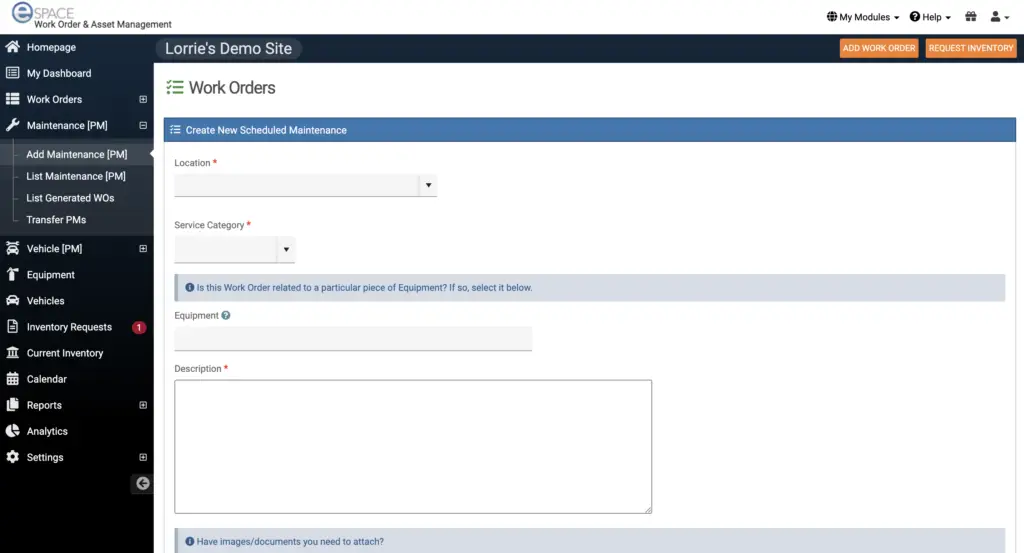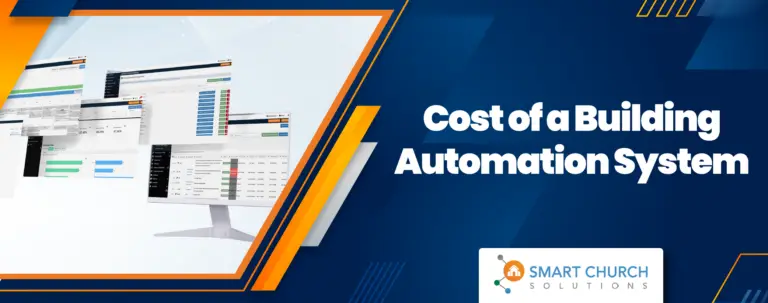As a church facility steward, you thrive on ensuring a smooth and welcoming environment for your congregation. But let’s be honest: unexpected events happen, and sometimes, chaos erupts in the form of an emergency maintenance situation.
Before we go further, let’s take a moment to add some additional clarification. When we talk about emergency maintenance, it truly means an emergency brought about by an unseen or catastrophic failure. With proper planning, a software platform to schedule and track required and preventative maintenance, and intentionality in following manufacturer intervals for replacement, most items we deal with will function as planned.
Sometimes, however, stuff just breaks.
It could be a manufacturing defect, a bad control board, or maybe even a squirrel getting too curious about your electrical system. Preparation for unforeseen challenges is paramount to maintaining a safe and functional environment for congregations. When unexpected issues arise, having a well-defined emergency maintenance process becomes the linchpin of efficient problem resolution.
In this guide, we’ll delve into the nuances of an emergency maintenance process, explore workflow strategies, provide real-world examples, and discuss preventive measures to minimize emergencies.
What is Emergency Maintenance?
Emergency maintenance refers to unforeseen repairs or interventions necessary to address immediate threats to the safety, health, or well-being of your church facility and its occupants. These situations, such as sudden equipment failures or safety hazards, often demand swift action and specialized expertise to prevent further damage or mitigate potential harm. In essence, if it could seriously harm someone or interrupt and stop ministry activity, it is an emergency.
What isn’t Considered Emergency Maintenance?
To have a bit of fun, here are a few things we know are not emergencies:
- Missing a table in a setup
- The wrong setup
- A piece of trash in the yard
- The sun shining in your eyes at 11:05 in “your seat” in the worship center
- The coffee station not having sugar
- A dirty window at the main entrance that you can see when the sun hits it just right
- A door is not open at 6:30 am when services will start at 9.
And yes, these are real examples of “emergencies” that facility stewards have dealt with. We could go on, but we want to develop an effective Emergency Maintenance Plan.
Emergency Maintenance Workflow
When an emergency strikes, you need a clear path through the storm. A well-defined workflow can help you navigate the situation calmly and efficiently. While each facility operates uniquely, here is a 4-step approach to consider when establishing an emergency maintenance workflow:
Step 1: Identify and Report
The first step in managing emergency maintenance is swift identification and reporting. Don’t overlook creating a culture of awareness among your facility stewardship team. Use intuitive reporting tools to streamline communication and promptly document all incidents. When we provide virtual and onsite training to teams using our eSPACE Work Order and Asset Management software, we stress the importance of clearly defining an emergency. We emphasize that if there’s a genuine emergency, simply submitting a Work Order isn’t sufficient. You must accompany the work order with a phone call before or after its submission. We always document, but an emergency requires significant action.
Step 2: Prioritize and Assess
Prioritize reported issues based on urgency and potential impact on safety and operations. Conduct a thorough assessment to determine the root cause and the required resources for resolution. Once an emergency is identified, all other activities are halted or put on hold.

Step 3: Mobilize Resources
Quickly mobilize the necessary resources, whether it’s maintenance staff, external contractors, or emergency services. Work with your team and contractors to establish a clear repair plan, considering budget, timeline, and potential disruptions. Next, implement the repair plan efficiently and effectively, keeping communication channels open throughout the process.
Step 4: Resolve and Document
Execute the necessary repairs or interventions promptly. Document all aspects of the emergency, including its cause, response actions, and repair process. In your documentation, leave a note about the effectiveness of your response to identify areas for improvement in future situations. Based on your analysis, refine your emergency maintenance workflow and communication protocols for future preparedness. Here is where you should ensure that a Work Order is created for all work requests, especially emergencies. All relevant information, from cause to resolution, can be recorded in the work order and reviewed or revisited as needed.

Emergency Maintenance Examples
Emergencies can come in many shapes and sizes. Here are a few examples of situations that might trigger an emergency maintenance response:
Example 1: HVAC System Failure
An abrupt breakdown of the HVAC system during a service or event can create discomfort for congregants and disrupt the overall experience. The sudden loss of climate control in a church facility, especially during extreme weather, poses an immediate emergency maintenance concern.
Example 2: Water Leak
If not detected and addressed promptly, a water leak can escalate into a significant emergency maintenance issue. Unattended leaks can compromise the structural integrity of the building, damage property, and create safety hazards for occupants.
Example 3: Electrical Malfunction
Electrical malfunctions, such as power outages or equipment failures, have the potential to become urgent emergency maintenance situations. Beyond inconveniencing daily operations, electrical issues can pose safety risks and require immediate attention to prevent further complications.
How to Prevent Emergency Maintenance Occurrences
In short, proactive maintenance strategies are your best defense against unexpected emergencies. Here are some fundamental approaches:
Preventive and Routine Maintenance
Implementing a robust preventive maintenance program reduces the likelihood of emergency maintenance occurrences. Regular inspections, routine servicing, and adherence to manufacturer guidelines help identify and address potential issues before they escalate. Regularly servicing equipment, addressing minor repairs, and staying proactive in upkeep efforts contribute to a more reliable and resilient facility.
Predictive Maintenance
Utilizing data and analytics to predict potential equipment failures allows for timely intervention. By analyzing performance trends and anticipating issues before they arise, facility stewards can address concerns proactively, minimizing the risk of emergency maintenance situations.
Facility Management Software
Leveraging advanced facility management software, such as eSPACE, enhances overall maintenance efficiency. Streamlining work order processes, asset tracking, and maintenance planning through software solutions contributes to a proactive approach to preventing emergency maintenance occurrences.

How eSPACE Can Help
Emergencies are inevitable, but with a well-defined workflow, proactive maintenance strategies, and the right tools in your arsenal, you can face them confidently.
eSPACE, Smart Church Solutions’ facility management software, goes beyond traditional facility management solutions, offering a comprehensive platform to transform your emergency maintenance approach. With features like real-time communication, preventive maintenance planning, and predictive maintenance insights, eSPACE empowers your team to handle emergencies effectively.
Do two things real quick for us (and yourself):
- Reflect on the time your team spends dealing with emergency maintenance. Envision a future where emergency maintenance is not just reactive but a streamlined, proactive process.
- Don’t wait for the next emergency—take control with eSPACE. Get a demo to explore how our innovative facility management software can enhance your emergency maintenance strategies and contribute to the long-term success of your organization.
Bonus: Thanks to one of our eSPACE subscribers, there is no excuse not to be prepared for an emergency. The church developed a powerful, resourceful tool called the Emergency Preparedness Handbook, which they have graciously passed along to us to share with facility stewards. Download your copy today!









